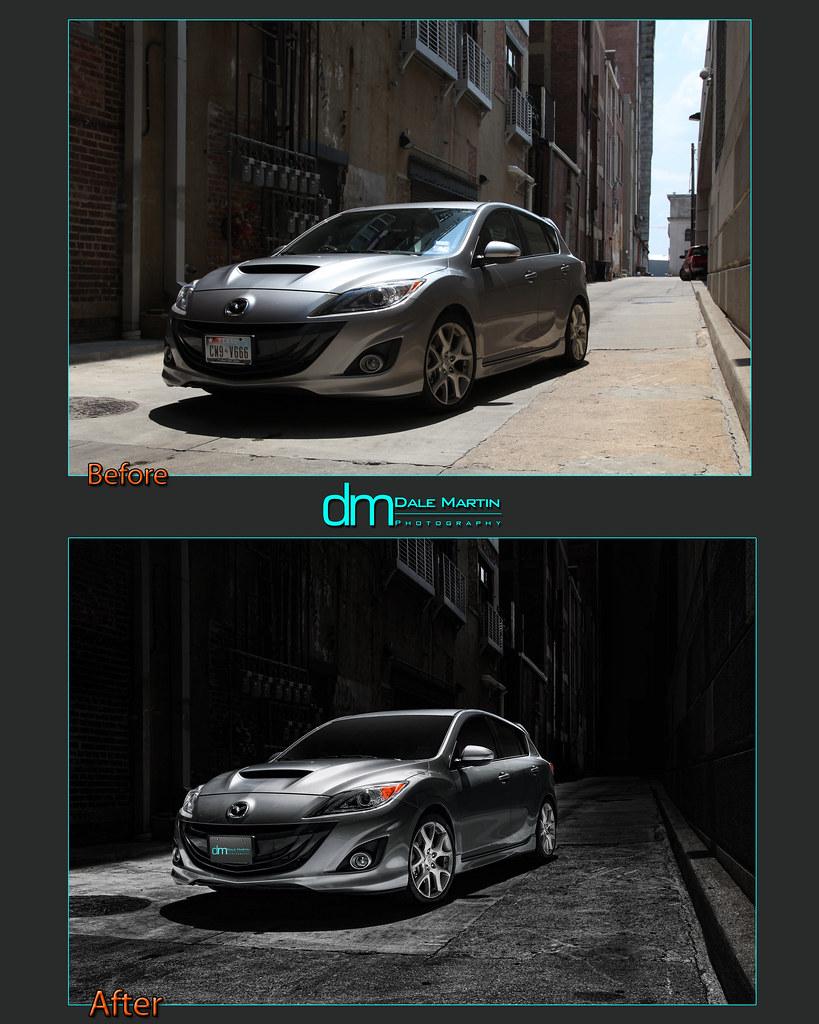In the digital age, where the scroll of a thumb can unveil a multitude of transformations, before-and-after photos have emerged as powerful storytellers. These visual narratives promise hope, showcase progress, and often, a testament to human perseverance. Yet, lurking beneath their glossy veneer is a debate as complex as the pixels that compose them. Are these side-by-side snapshots truly motivational, or do they unwittingly weave a tapestry of unattainable ideals? As society becomes increasingly image-conscious, the impact of these photos on our perceptions of self-worth and beauty standards demands a closer look. This article delves into the world of before-and-after imagery, exploring whether they inspire genuine self-improvement or perpetuate a cycle of unrealistic expectations. Join us as we unravel the dual nature of these visual juxtapositions and their profound influence on our modern psyche.
Exploring the Impact of Visual Transformations on Self-Perception
In the age of social media, before-and-after photos have become a ubiquitous tool for showcasing personal transformations. These images, often seen in fitness journeys, cosmetic procedures, and lifestyle changes, can be both inspiring and daunting. While they have the power to motivate, they also raise questions about the standards they promote. Are these images setting the bar too high, leading individuals to chase after potentially unattainable ideals?
- Perception of Reality: Before-and-after photos can distort our understanding of what is realistically achievable, often omitting the complexities and challenges faced along the journey.
- Influence on Self-Worth: They can inadvertently contribute to feelings of inadequacy, as individuals compare their own progress or appearance to curated and possibly enhanced images.
- Expectation vs. Reality: The stark contrast between the ‘before’ and ‘after’ can create a misleading narrative, implying that transformation is simple and straightforward, rather than a nuanced process.
While these visual narratives can serve as powerful catalysts for change, it’s crucial to approach them with a critical eye, acknowledging their limitations and the potential impact they have on self-perception. In doing so, we can foster a more realistic and inclusive understanding of personal growth and transformation.

The Psychology Behind the Allure of Before-and-After Imagery
Before-and-after images captivate audiences through a compelling narrative of transformation, playing into the human brain’s natural attraction to visual contrasts. These images offer a quick, tangible representation of change, which our minds are wired to find intriguing. The stark contrast between the ‘before’ and ‘after’ photos triggers a dopamine release, a neurotransmitter associated with pleasure and reward, making us feel good about witnessing transformation. This effect is similar to how we respond to stories with clear beginnings and endings, providing a sense of closure and satisfaction.
- Instant Gratification: The immediate visual impact provides a sense of accomplishment and progress.
- Hope and Motivation: They offer a glimpse into the possibilities of change, motivating individuals to embark on their own journeys.
- Comparison and Validation: They enable viewers to compare themselves with others, seeking validation for their efforts or lifestyle choices.

Balancing Inspiration and Reality in Fitness and Beauty Narratives
In the realm of fitness and beauty, before-and-after photos often serve as powerful testimonials. However, they can also perpetuate a narrative that skews the balance between inspiration and reality. While these images can motivate and showcase genuine transformations, they often fail to capture the nuanced journey behind the scenes. The challenge lies in recognizing that these snapshots are just a moment in time and may not reflect the ongoing commitment required to maintain such changes.
- Simplicity vs. Complexity: Before-and-after photos present a simplified view of what is often a complex process involving diet, exercise, and lifestyle changes.
- Inspiration vs. Pressure: While they can inspire, they might also create undue pressure to achieve similar results without considering individual differences.
- Reality vs. Perception: The reality behind these transformations includes struggles and setbacks, which are seldom highlighted in these polished images.
By understanding these dynamics, we can appreciate the stories behind the photos without letting them dictate unrealistic expectations. Encouraging transparency and a holistic view of fitness and beauty journeys can lead to healthier, more sustainable outcomes for everyone.

Strategies for Promoting Healthy Body Image in a Digital Age
In a world dominated by curated social media feeds, fostering a healthy body image can feel like an uphill battle. However, there are effective strategies to help navigate this digital landscape. One approach is to promote diverse representations of body types across all platforms. By showcasing a range of shapes, sizes, and colors, we challenge the narrow beauty ideals often perpetuated online. Encouraging platforms to highlight real stories and experiences rather than heavily edited visuals can also contribute to a more inclusive environment.
- Curate your feed: Follow accounts that inspire body positivity and self-acceptance.
- Engage with authentic content: Support creators who prioritize transparency over perfection.
- Educate on digital literacy: Teach users, especially younger audiences, about the impact of photo editing and the difference between reality and digital enhancement.
Additionally, it’s crucial to cultivate a supportive community where individuals can share their journeys without fear of judgment. This can be achieved by encouraging open dialogues about body image and mental health, both online and offline. By shifting the focus from appearance to well-being, we can inspire a more balanced perspective on self-worth.
